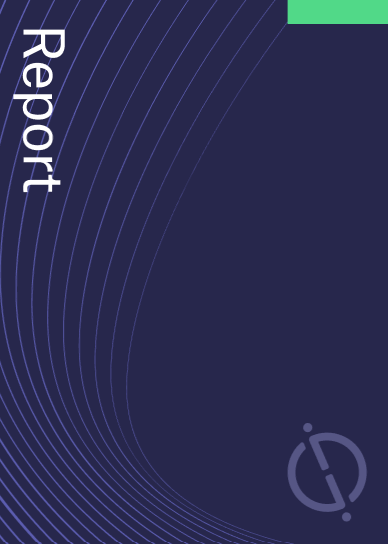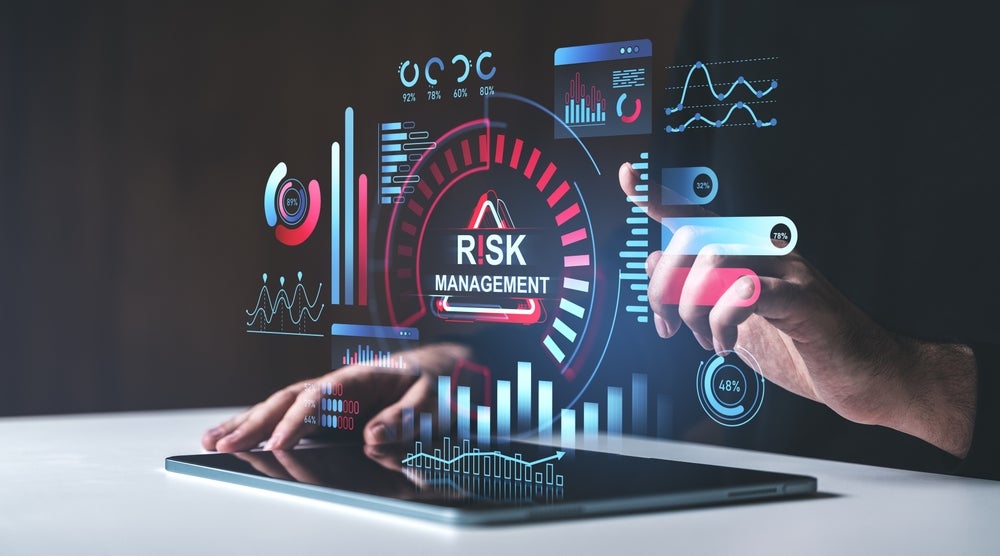China Pacific Insurance (Group) has filed a patent for a method of signal processing for radar systems. The method involves capturing the field of vision of the radar system using radar signals from multiple radar units, generating a coordinate system, determining vector velocities, and reconstructing sub-fields of the field of vision using the determined velocities and measurement data. GlobalData’s report on China Pacific Insurance (Group) gives a 360-degree view of the company including its patenting strategy. Buy the report here.

Access deeper industry intelligence
Experience unmatched clarity with a single platform that combines unique data, AI, and human expertise.
According to GlobalData’s company profile on China Pacific Insurance (Group), digital lending was a key innovation area identified from patents. China Pacific Insurance (Group)'s grant share as of September 2023 was 66%. Grant share is based on the ratio of number of grants to total number of patents.
Signal processing method for radar system with multiple units
A recently filed patent (Publication Number: US20230314588A1) describes a method for signal processing of radar signals in a radar system. The system includes at least two radar units arranged at a known distance from each other. The method involves capturing the radar signals from the radar units and generating a discrete total coordinate system of the field of vision. This coordinate system combines the measurement data from the radar units and allows for the determination of multidimensional vector velocities for resolution cells within the field of vision.
The method also includes reconstructing spatial sub-fields of the field of vision using the determined vector velocities and the measurement data from the radar units. This reconstruction can be done using an inverse synthetic aperture radar method, which generates partial radar images based on the measurement data and vector velocities. Additionally, the method allows for the detection of objects within the field of vision by determining amplitude maxima using dynamic or constant power thresholds. The vector velocities of the resolution cells associated with the detected objects can then be used to generate partial radar images for those specific sub-fields.
The patent also describes the generation of ambient radar images for the spatial ambient area detected by the radar units. This is done using a synthetic aperture radar method, which utilizes the measurement data from the radar units and the vector velocity of the radar system. The method further includes the generation of an overall radar image from individual partial radar images of the radar units.
The patent also discusses the use of various radar methods, such as Range-Doppler, Omega-K, Phase-Shift Migration, Holography, or Extended-Chirp Scaling, for the inverse synthetic aperture radar method. It also mentions the periodic repetition of capturing the field of vision and the coherent operation of measurement data for cross paths of the radar signals between the radar units.
The patent not only covers the method for signal processing but also describes a radar system that includes multiple radar units arranged at a known distance from each other. The radar system is designed to carry out the method described in the patent. The radar units may include computing modules or a separate computing unit to perform the signal processing method. The radar system is intended for use in automobiles.
To know more about GlobalData’s detailed insights on China Pacific Insurance (Group), buy the report here.
Data Insights
From

The gold standard of business intelligence.
Blending expert knowledge with cutting-edge technology, GlobalData’s unrivalled proprietary data will enable you to decode what’s happening in your market. You can make better informed decisions and gain a future-proof advantage over your competitors.







